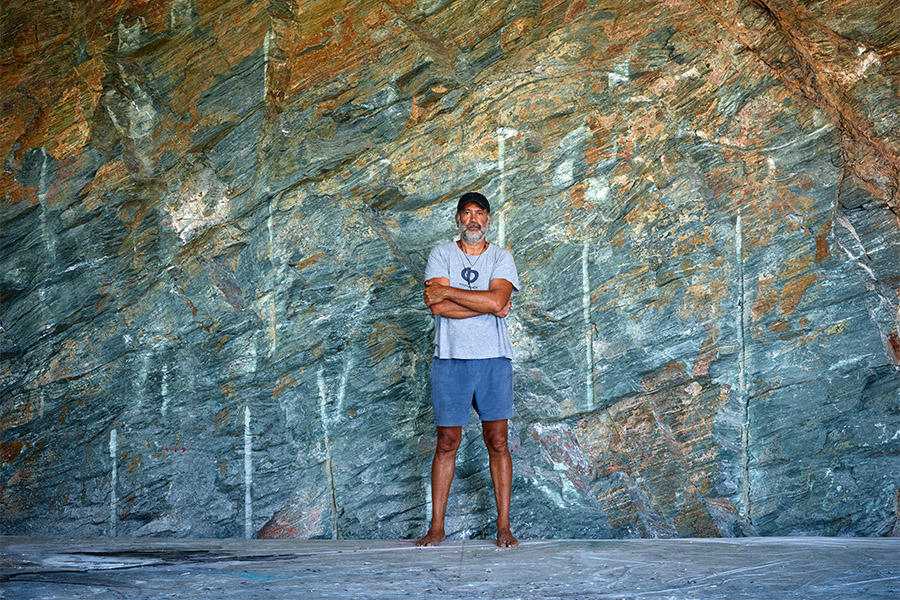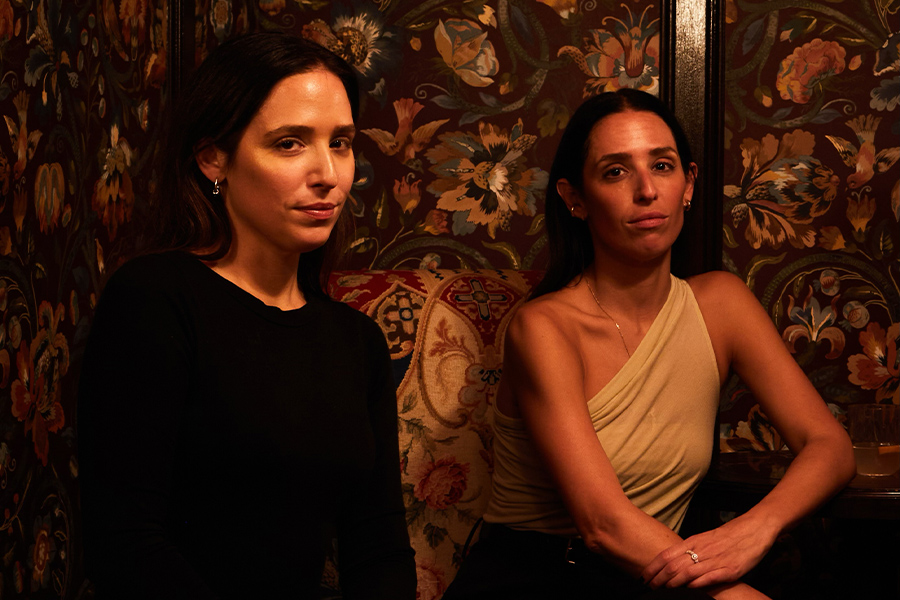How did you come to start your own firm?
Inge Moore: We conceptualized Muza Lab in 2016 and launched toward the end of that year with a handpicked team working out of a studio in London’s Notting Hill neighborhood. Nathan and I had worked closely together for a number of years, so we knew we shared the wish to form a company where we could get back to doing what we love: designing. We already had a huge amount of respect for one another and confidence that we would complement each other at the new company.
Big break?
Nathan Hutchins: It was more of a blessing in disguise. Very quickly, we had what seemed like quite a challenge for a new business: several fast turnaround and very different projects around the globe, all completing within our first 12 months. Happily, they were finished on time, the press was very interested, and awards came in. As well as credibility building in the client world, these accolades were important in encouraging our young team and spurring them on.
Tell us about your design process.
NH: We spark off one another and edit each other. We can be one another’s greatest fan and harshest critic. That’s healthy for the quality of Muza’s work, and it means we are always learning from one another. I value how Inge has a knack for looking at things differently and seeing solutions that may be staring us in the face but nobody else has found yet. She has a talent for simplifying what others find complex or confusing.
IM: Nathan is the only person whose judgment I absolutely trust when it comes to visiting our projects, as well as my own, of course.
NH: We also share the practical recognition that there’s the creative concept, which we feel very protective toward, and then there are the stark realities of getting something built. And we like to have projects that are built.
A favorite project in your portfolio?
IM: Kanuhura Maldives was a very special project for us. Not only were we the interior designers, but we worked on everything the guests touched and saw, including the crockery and picnic basket design. We love to work on projects like this, where we are creating the total experience.
NH: The natural world of the location is the key ingredient binding everything together. From the Shell House guestrooms raised just above the ocean to the lounges spilling into the landscape, the design connects with nature through carefully organized views, materials, and lighting.
What’s on the boards?
NH: It’s not often designers have the chance to transform a vintage train into a luxury moving hotel, but this was the fabulous opportunity offered to us by Belmond. The brief to convert a train that was once Australia’s Great South Pacific Express into South America’s first luxury sleeper train, the Belmond Andean Explorer, called on us to distill the romance, nostalgia, and freedom of the train voyage. Given that this was a moving hotel, our design also had to consider how the furniture and accessories could be fixed, enabling guests to feel steady and secure as the train climbed to high altitudes and descended through the mountainous terrain.
IM: Our approach tapped into the train journey’s dreamlike sense of suspended time, an experience where moments seem to slow down between the departure and the arrival. Palettes, textures, and patterns were chosen to create a calm counterpoint to the vibrant panorama outside. Select nostalgic elements of the original train were restored or added as emblems of the golden age of train travel, such as brass roomkeys designed as the Chakana Cross, an enduring shamanic Incan symbol, and the train’s official crest.
Biggest obstacle of owning your own firm?
NH: Balancing the work load. This is a major challenge for most small design practices, as one or two projects can make the difference between feeling too busy or too slow. The trouble is that Inge and I are our own worst enemies. We become seduced by our projects, in love with the site or the building, and swept up by the client’s vision, and before we know where we are, we are literally dreaming about each project.
Lessons learned from working together?
IM: We have different backgrounds and experiences, so our starting points on projects are often different. We respect this difference. It brings value to our work and then the magic emerges in our process of working together.
NH: When you want to challenge the client’s ideas, it’s great to have the opinions of your business partner, both to support and temper your own. This increases the chance of the client buying into your point of view and joining in the process that should be a journey for the client as well as the designer.
How have you changed as a designer over the years?
IM: As we’ve grown older, we’ve become more aware of the power of the natural world and the role we should play in doing what we can to protect it, as well as to help the users of our buildings enjoy and value it.
What’s one thing you know now that you wish you knew in the beginning?
IM: To question the client’s ideas when necessary.
NH: When you’re younger, you listen to the words that come out of people’s mouths, but you don’t necessarily hear or understand the emotional context. What clients really want for their projects is contained here. Experience helps you learn how to listen.


